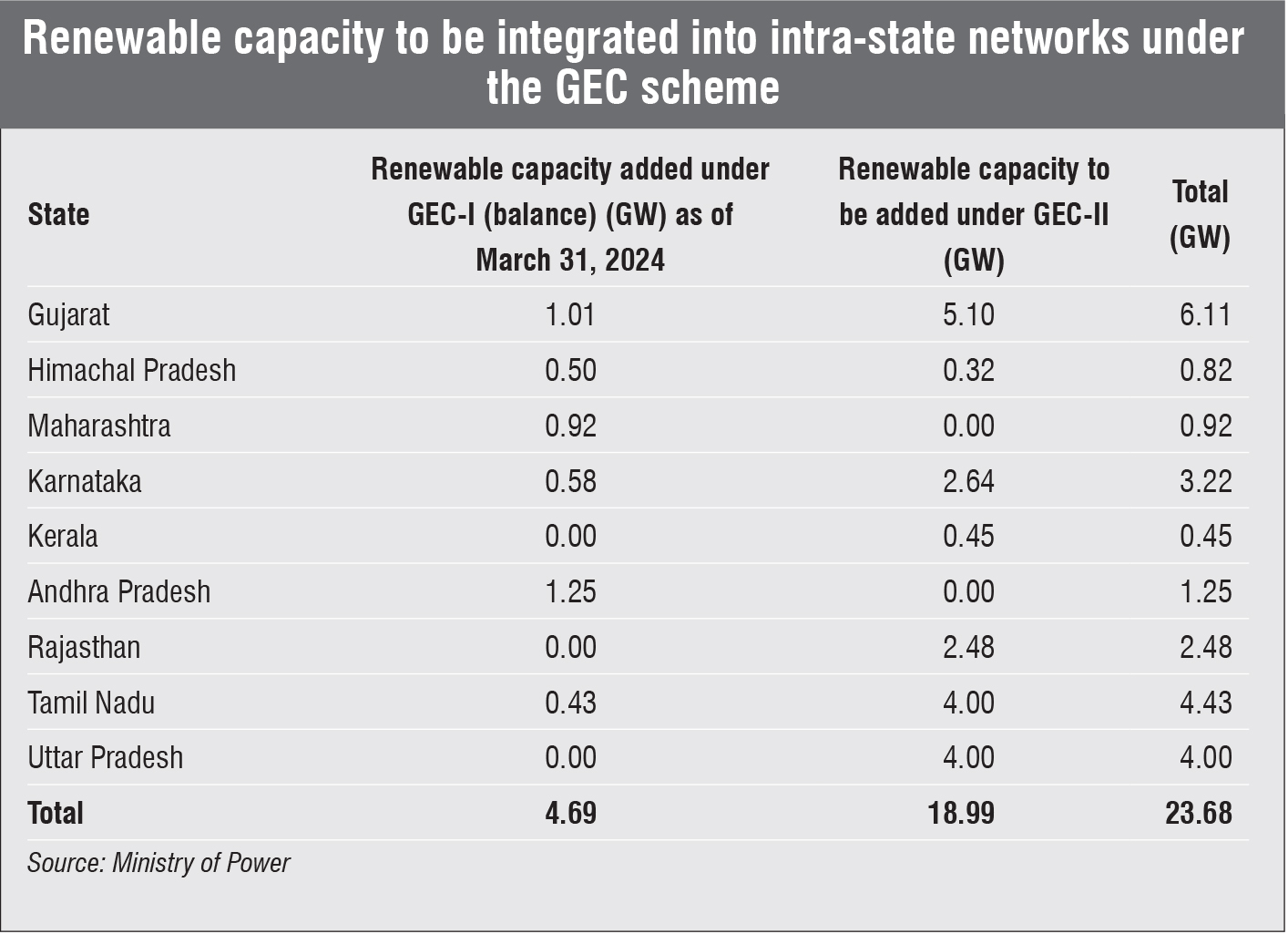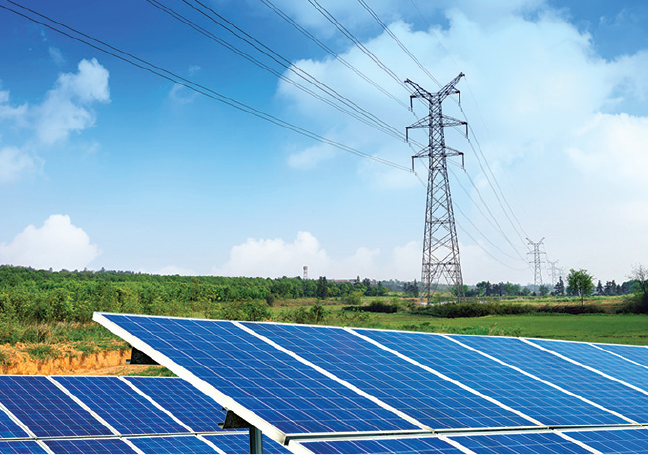New power transmission networks are essential for India’s renewable energy development. A significant initiative propelling the expansion of the transmission grid is the green energy corridor (GEC) initiative.
Organized in two phases, GECs have been integral at the intra-state level, merging wind and solar energy into India’s grid. The Economic Survey 2024-25 emphasizes the progress made under this initiative, reporting that nearly 9,136 ckt km of transmission lines and 21,413 MVA of substations have been established under GEC-I, while GEC-II is advancing into seven additional states. Recognizing their significance in the sector, GEC projects have been allocated a substantial budget of Rs 6 billion within the Union Budget 2025-26.
The GEC initiative is poised to progress into its subsequent phase as a third phase is currently in development. The power ministry has reportedly set a deadline of March 31, 2025, for states to present their proposals for intra-state transmission projects under the program.
Let’s take a closer look at how these green energy expressways are developing…
Summary and advancements to date
In 2012, a report published by Power Grid Corporation of India Limited (Powergrid) pinpointed deficiencies in power evacuation and transmission infrastructure near potential renewable energy locations and underscored the necessity for dedicated transmission infrastructure to support large-scale solar and wind power facilities. In light of this report, states forwarded their transmission strategies to the Central Electricity Authority (CEA) for evaluation. Work on implementation subsequently commenced in 2015.
GEC-I aims to evacuate 24 GW of energy across eight states – Andhra Pradesh, Gujarat, Himachal Pradesh, Karnataka, Madhya Pradesh, Maharashtra, Rajasthan, and Tamil Nadu. This phase involves the installation of 9,767 ckt km of transmission lines and 22,689 MVA of substations. So far, Phase I projects have been finalized in Madhya Pradesh, Rajasthan, Tamil Nadu, and Karnataka. The remaining four states have requested further extension due to right-of-way restrictions and concerns regarding the Great Indian Bustard. Up to now, approximately 9,136 ckt km of transmission lines and 21,413 MVA of substations have been constructed. Projects are being carried out with a central grant covering 40 percent of either the project cost or the awarded cost, whichever is lower.
The expansion of the network under Phase II to accommodate approximately 20 GW of renewable energy is actively progressing across seven states, including Gujarat, Himachal Pradesh, Karnataka, Kerala, Rajasthan, Tamil Nadu, and Uttar Pradesh. The goal for GEC-II is to incorporate 7,574 ckt km of transmission lines and 29,737 MVA of substation capacity.
For the intra-state segment of the GEC Phase II initiative, the overall projected expense is Rs 120.31 billion, with central financial aid (CFA) of 33 percent of the project cost, amounting to Rs 39.7 billion. Some states sought a reassessment of the transmission strategies under GEC-II, which was sanctioned by the Ministry of New and Renewable Energy (MNRE). Nevertheless, the CFA was capped as per the approval from the Cabinet Committee on Economic Affairs for that specific state.
State transmission utilities are presently in the phase of tendering projects within the framework of the scheme, which is expected to be finalized by 2025-26. States are organizing the packages and issuing tenders for the execution of the transmission initiatives.


